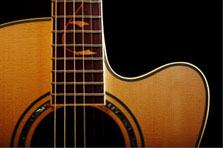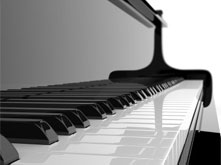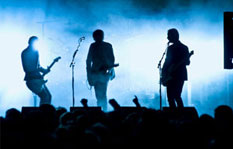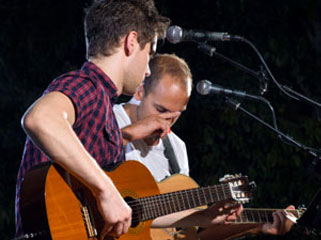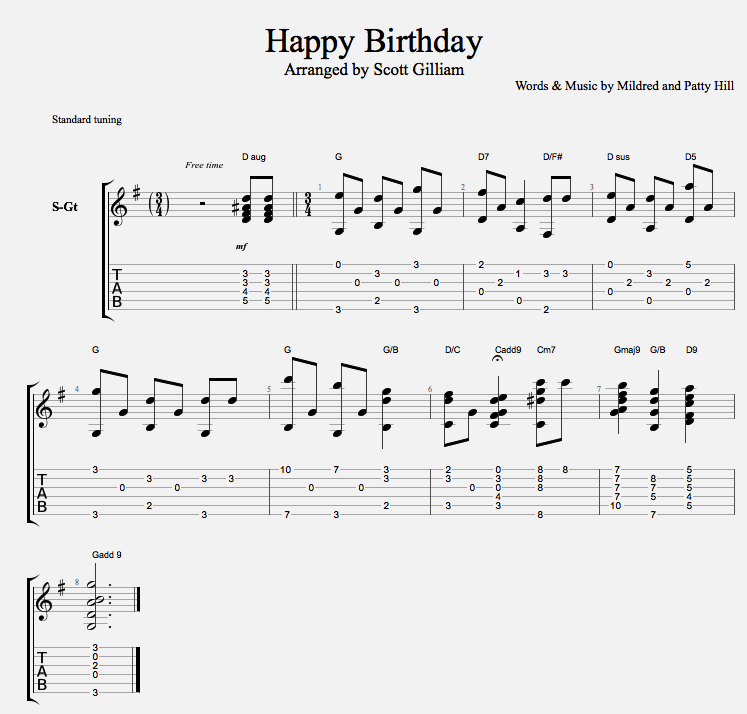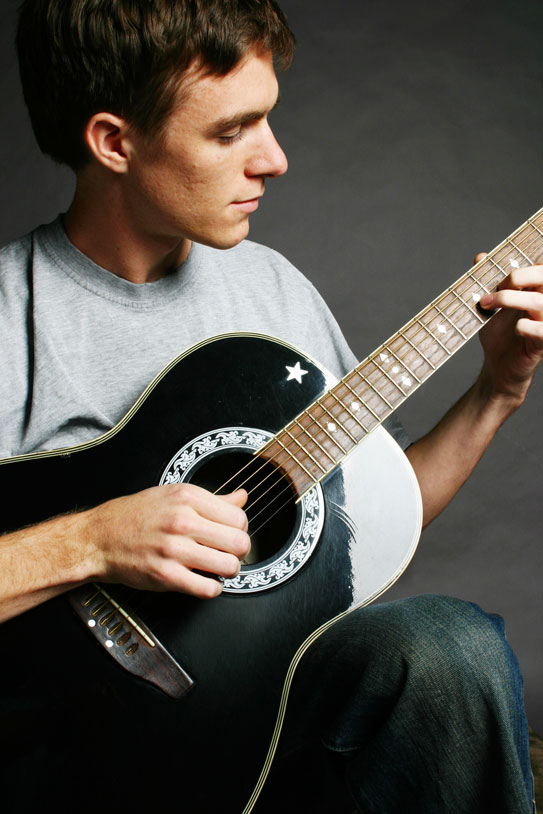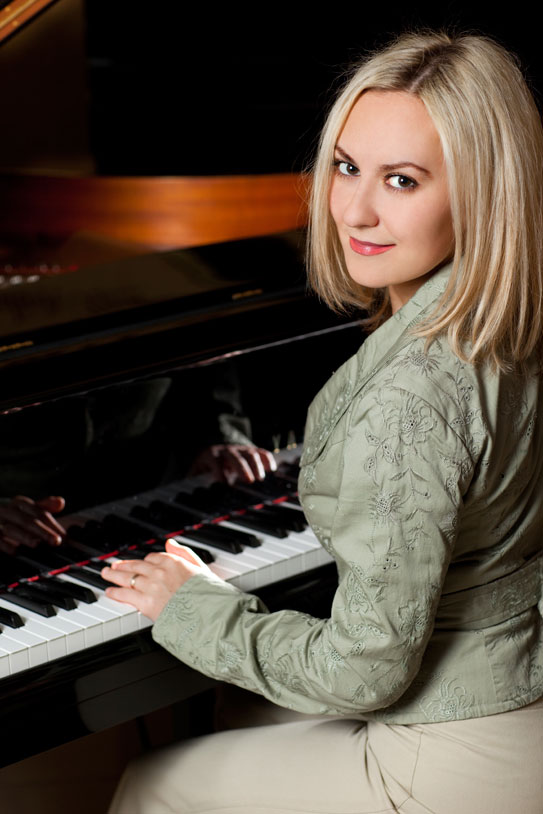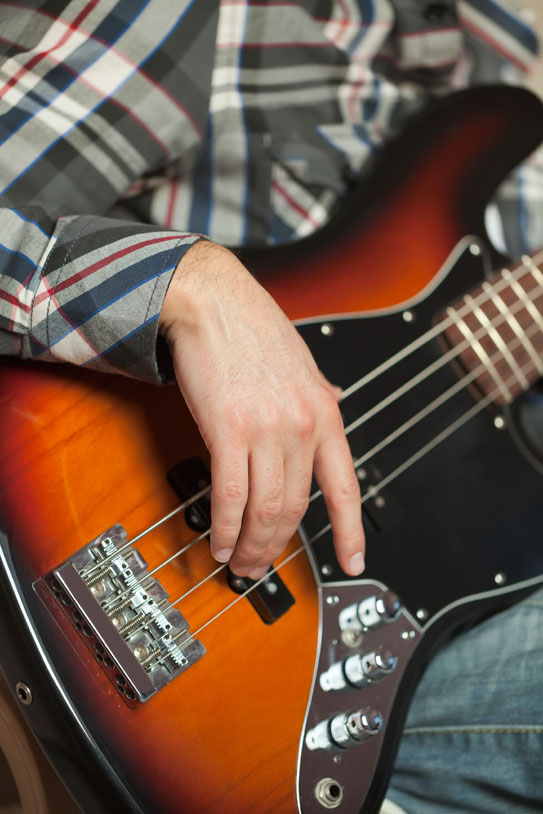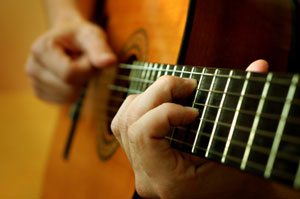
Blog
Aug 08 2015 |
How To Play Happy Birthday (Arranged For Solo Guitar)By: Scott Gilliam Posted in: Jazz Guitar Lessons Everybody has sung Happy Birthday at some point in their lives, or pretended to! I imagine there have been scenarios where family or friends have requested you to play it on the guitar. You could strum and sing, but for some people that isn’t an option. A good thing to have is a solo version of the song that you can use in a pinch if need be. Solo guitar is one of the most creative avenues available to anyone with six or seven strings. Walking basslines, alternating basslines, inner voice movement, arpeggios, contrary motion, oblique motion, similar motion, parallel motion… there are endless ways to arrange a tune on the guitar and in future lessons I plan to cover those devices in greater detail. For now I will explain in a basic sense, how to begin to harmonize a melody and I have arranged Happy Birthday to demonstrate some different concepts.
First off – what is a chord melody ? It is when the melody of a song is played usually as the high note of a chord, with a bassline and chord underneath to accompany it. If you like, think of two hands on the piano. The right hand plays the melody and the left hand provides the chords. There are exceptions to this, but generally that is a great place to start. The most important aspect is to have the melody clearly represented, followed by logical bass movement in the lower register and chords in the middle register to flesh things out. Check out the Bach Chorales for the definitive tutorial on voice leading.
My version of Happy Birthday is in the Key of G Major. The first note in the melody is a D, so that is the highest note in my V chord ( D aug) which leads to the I chord (G). The next melody note is E so I play that with a G in the bass and alternate the open 3rd string (G) to create movement, ala The Beatles Blackbird. This is called similar motion, I also alternate the bass notes for some variety. For the majority of the song I am using the basic changes which are I to V7 and back to I. From those chords, I then pick the melody notes out and provide alt bass for interest. For the turnaround of the tune, I played a C melody note on top of the IV min (Cm) and a B melody note on top of the I chord (Gmaj9) and then an A on top of the V7 chord (D9). I resolved to a G on top of a Gadd9 chord.
It is challenging to explain these concepts with the written word. My hope is that you will check out this or other arrangements to hear what these possibilities can sound like. Hopefully, I have presented a few ways to get you started on playing your favorite songs as a solo guitarist.
Check out the accompanying video on this lesson: How To Play Happy Birthday (Arranged For Solo Guitar)
|
